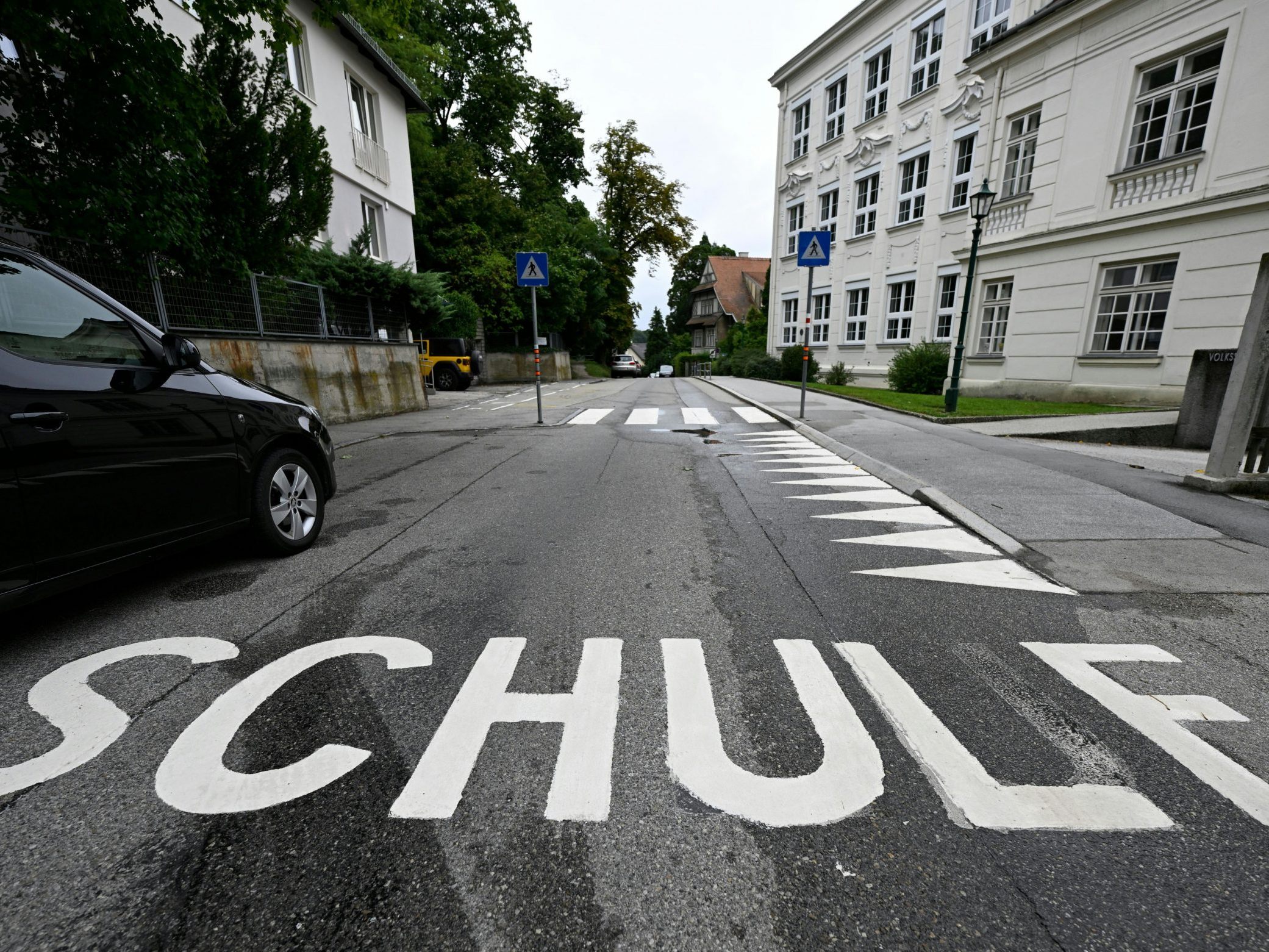Tracks for Professional Career Are Set in Austria Already After Primary School

"The numbers once again demonstrate that the course of educational careers in Austria is set very early," emphasized General Director Tobias Thomas during the presentation. Recently (school year 2023/24), nearly 36 percent switched to a lower level AHS after primary school. Compared to 2021/22, this is a slight decrease of two percentage points, which, according to Regina Fuchs, head of the Population Directorate, is partly due to the changed composition of students due to immigration in recent years (including after the Ukraine war).
Lower Level AHS Almost a Prerequisite for University Degree
While more than nine out of ten students move on to either the upper level (59 percent) or a vocational higher school (BHS) after the lower level AHS (33 percent), a significant portion of middle school students go to non-Matura schools such as vocational middle schools (BMS; 18) or the polytechnic school (22). Those approximately eight percent of students who switch from middle school to an upper level AHS find it more challenging: They drop out twice as often as those who previously completed a lower level AHS. Even after the gymnasium and the BHS, educational paths often continue differently: After the AHS Matura, significantly more people enroll in a university within three years than after a BHS Matura (84 compared to 51 percent).

Of those who enroll at a university, 65 percent complete a degree within ten years. Overall satisfaction with higher education is high, with 61 percent viewing their studies as (very) good preparation for a career. The result is particularly positive for medical graduates or those with training in information and communication technologies, and particularly low for those with a degree in languages or education. Only 44 percent of those in teacher training saw it as good career preparation. Job satisfaction after a master's or diploma is also high at 73 percent, although 46 percent stated that a lower degree would have sufficed for their job.
In general, significantly more people in Austria have a tertiary degree than in previous years. Compared to other EU and OECD member countries, Austria is slightly below the middle with just under 36 percent. However, this figure also includes qualifications such as the master craftsman or the BHS Matura, as Thomas noted. "I would say that in Austria, regarding bachelor's, master's, diploma, and doctorate degrees, there is still some room for improvement." In Austria, 21 percent of bachelor's graduates compare to an international average of 32 percent, and for master's, diploma, and doctorate degrees, it is 14 to 20 percent. However, the number of those with only a compulsory school degree is lower than the international average (14 compared to 17 percent). The figures also once again demonstrate that education pays off for the individual: People with an apprenticeship, Matura, or university degree are more often employed, less frequently unemployed, and earn more than those with only a compulsory school degree.
Reactions from Politics and Business
The FPÖ saw the slight decline in AHS transition rates as evidence that "the educational level is being leveled downwards by many children with insufficient German skills." That less than half of teacher training graduates see their education as good career preparation was described by education spokesperson Hermann Brückl as a "disaster." Five years is too long for primary school teacher training, and he called for a reform of service law and remuneration.
The Chamber of Commerce demanded measures to reduce university dropouts and the number of so-called NEETs - 18 to 24-year-olds who are neither in education nor employed. Austria is only in the middle of the EU with 12 percent NEETs, while countries like the Netherlands (only 4.9 percent) perform significantly better. That more than 33 percent of university bachelor's students drop out in the first year is again "a warning signal," said Deputy Secretary General Mariana Kühnel. Quality career orientation is needed in all school forms. The Federation of Austrian Industries (IV) also once again called for an initiative for comprehensive and early educational and career orientation. As a measure against early educational path decisions, Secretary General Christoph Neumayer also reiterated the need for a "compulsory education" until 14 and an improved entry into apprenticeships, which enable a particularly quick entry into the labor market and bring the highest starting salaries among all secondary education paths.
(APA/Red.)
This article has been automatically translated, read the original article here.





